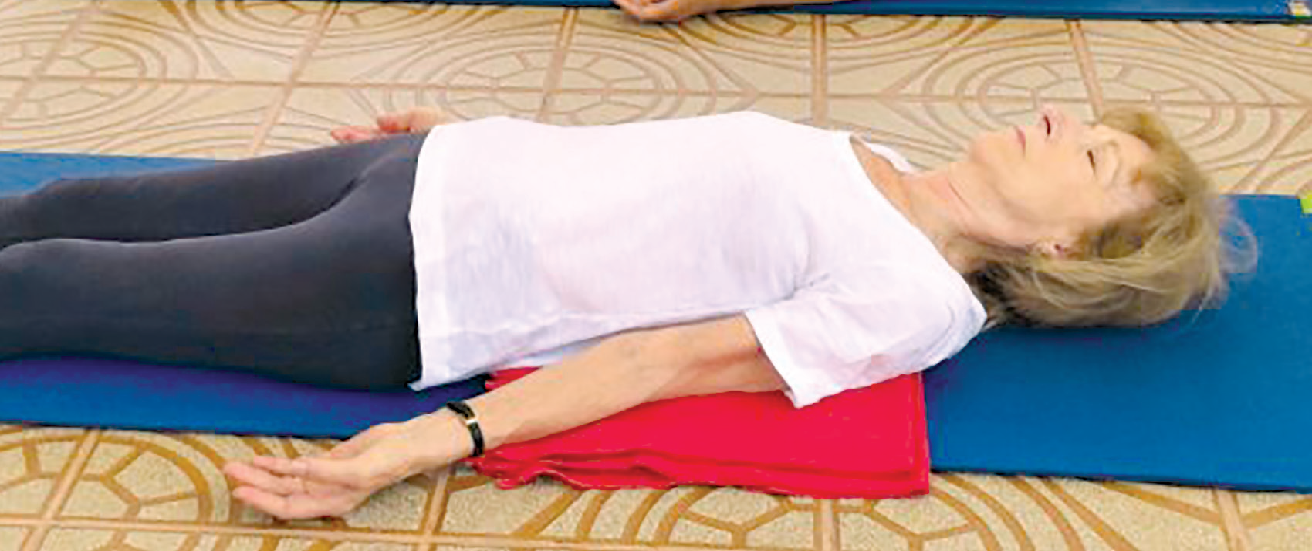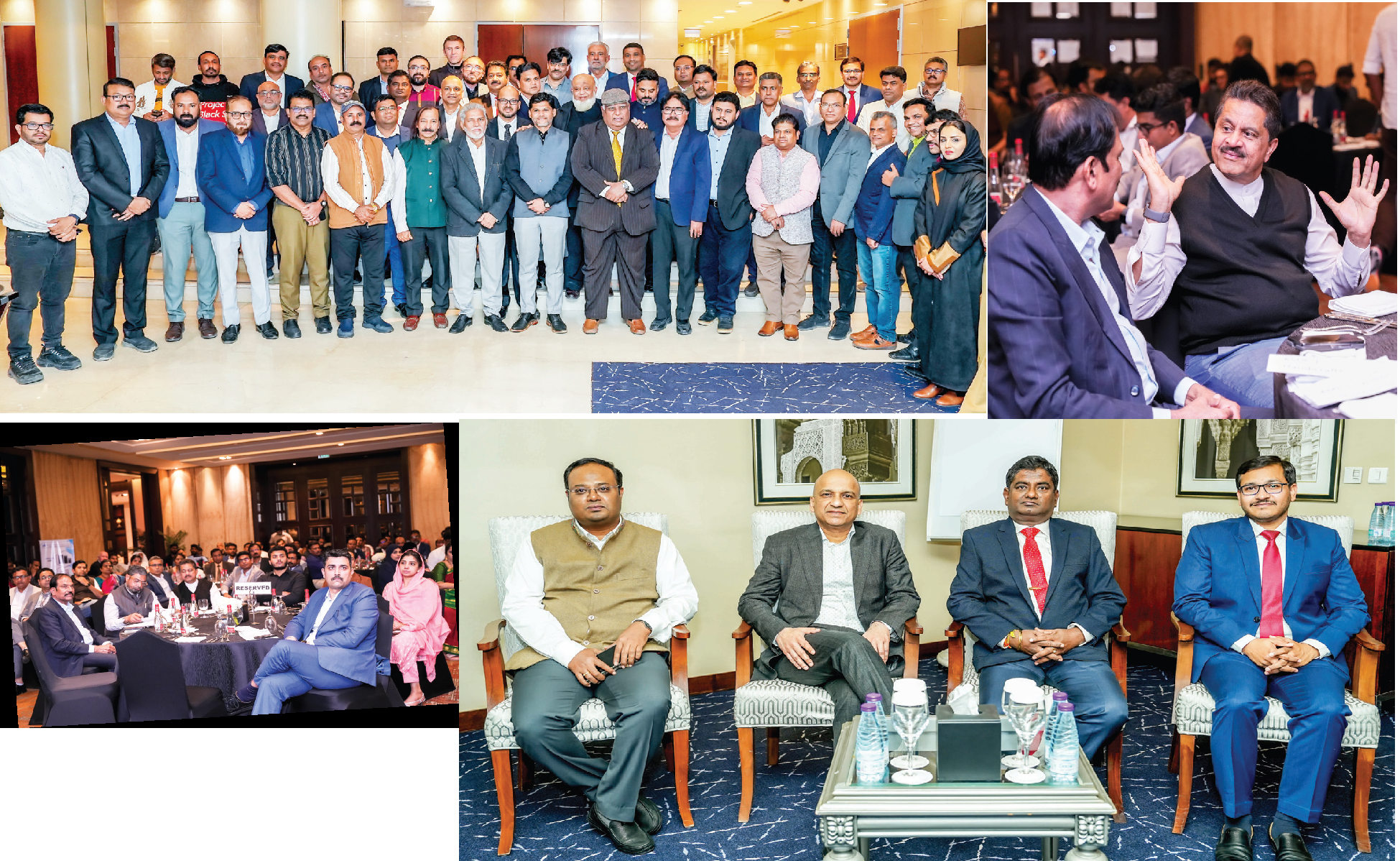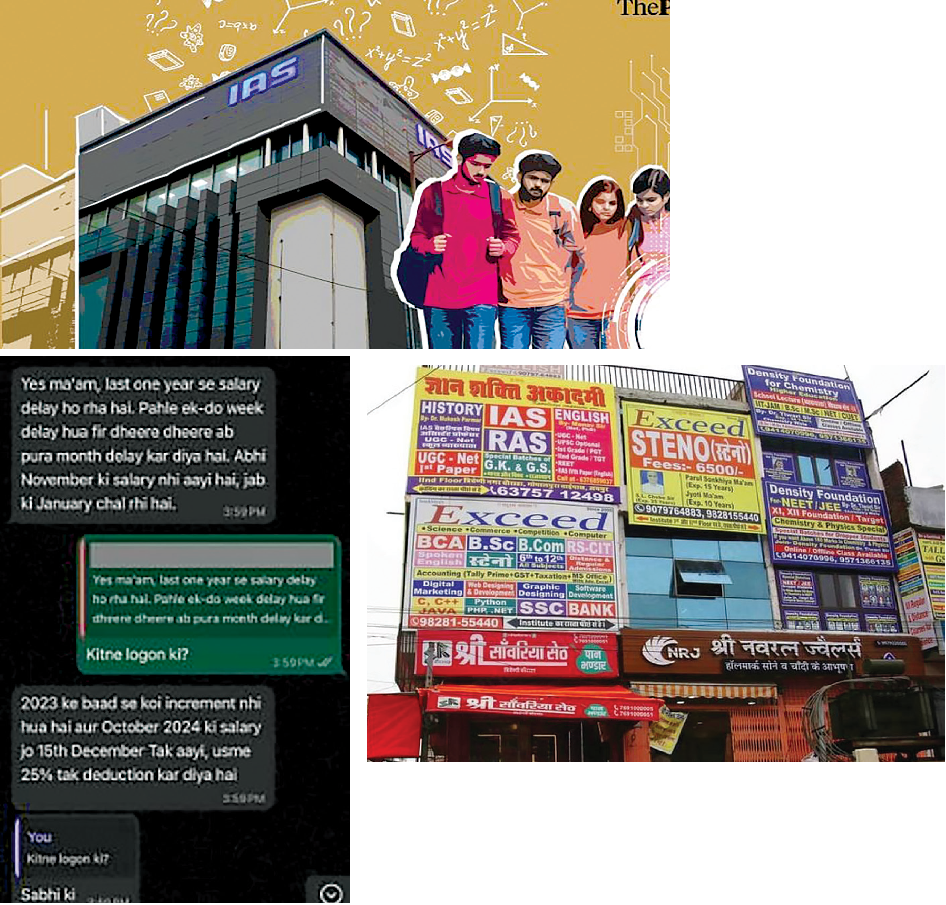
Bangalore ka potta: only thing hip hop asks is to be real, be yourself, embrace your identity
By Falah Faisal
As we arrive at Dakhnistan, after iftar on a Friday, kids on the street are already cheering Pasha Bhai’s name when he leans over from his terrace to show us the way up to his studio. It’s a dark and empty room with a carrom board bang in the center of the room with a solitary bulb hanging over it. A game of carom is already underway as Pasha Bhai shows us his DIY home studio where all his tracks are recorded, curtains from his house used to absorb the sound and soundproof the room.
The first question is obviously how did Mohammed Affan Pasha become Pasha Bhai? He replies, “Pasha is a very common name, something I used to be very embarrassed by because it denoted me as a commoner. So throughout my childhood I went by the name of Affan. When I started rapping I chose the name Nex when I used to rap in Hindi and English. But after a point I felt it was time to stop being embarrassed and assert my identity.”
Same goes with his decision to rap in Dakhni. While struggling to crack the scene while rapping in Hindi and English he heard “Gully Boy” by Naezy and “Jamna Paar” by Raga in 2016 that caused a shift in his psyche. “Dakhni is not a language I have heard people sing in before. People are even embarrassed to speak it sometimes. Sure, there is a rich history of literature and folk songs in the language but growing up on the streets you never hear about it,” he says. Adding that, “When I started rapping in Dakhni I felt more natural, in my element. That finally now, I can tell my story.”
His journey towards rap is a rather funny one that started accidentally when his childhood friend misheard lyrics from “50 Cent’s In Da Club”. “Sharon was always the cool kid who did football tricks near our house. One day he comes to us and says — ‘Look at this song he’s wishing me happy birthday in it.’ We all got excited and memorised the song. Now, we know the words are ‘Go Shorty its your birthday’ and not ‘Go Sharon’. He also used to sing Dakhni versions of popular Bollywood songs as practice.”
But like most artists the turning point was a heartbreak. “I was living in a bubble. But when this person left, I had to go on a journey of self-discovery. Who am I? What do I want to do? And that’s when I decided, I listen to so much rap anyway. But none of the lyrics made sense, the words did not connect. So I felt it was time to save the world and write my own songs.”
The first of which to make a splash was “Eid ka Chand”, released in August 2020, which was shot around Neelasandra and Shivajinagar in Bengaluru. When asked about the choice of locations, he says “The video was shot by Vyshnav. We didn’t discuss this but when we were riding around. He’d stop randomly and say and ‘lets shoot here’. Those just happened to places that held significance for me: the places I grew up around and hung out in my formative years. These places made me who I am today.”
“When people see the places they live and the language they speak represented in art, it gives them a level of confidence. They feel this is our boy, telling our stories’ he says when asked about the impact his music is having on the local community. Which shows when we take a ride around town to get some sheek and phal, on every turn are kids stopping him to take selfies and tell what big fans they are while he tells them to go for prayers, it being Ramadhan.
Among the challenges he faced while starting out was not having places to perform. “When I started the the city’s rap scene was quite elitist, you had to hang out with these few people to be considered a part of it. They thought I was a fanboy and didn’t give me much credit,” says he.
He recounts an incident when he and his friends weren’t allowed in for an open mic just because one of his friends was wearing slippers. He says he prefers performing at Chai Shops to clubs, “That’s because dakhni is a dialect without a script. The only way to know the right pronunciation is to hear it in conversation. So I used to hang around tea shops like Makkah (Johnson Market) and Savera (Frazer Town) to pick up words and phrases. Now, I feel like I should give back to these places from where I learnt so much.”
But where does a song begin? Does the beat come first or the lyrics? “There is actually no such pattern. Earlier I used to just write the words but when I put it to a beat it wouldn’t sync, but when I write now it is automatically on BPM (beats per minute).” He adds that writing a song most times is like filling in the blanks. “You get the rhyme or the chorus and then add context”
“The only thing
 English daily published in Bengaluru & Doha
English daily published in Bengaluru & Doha






